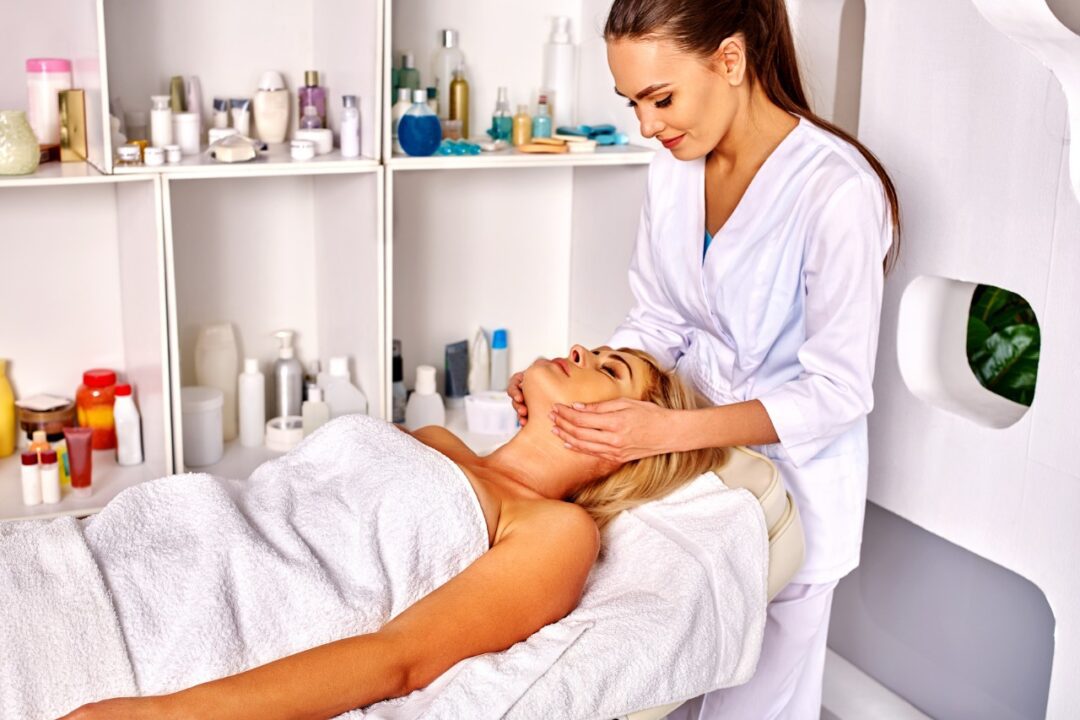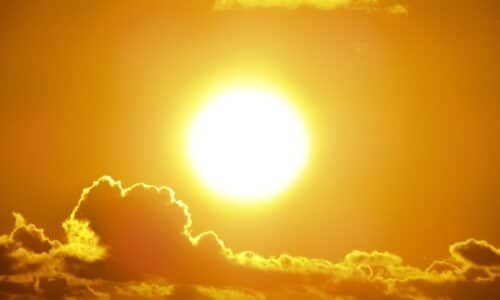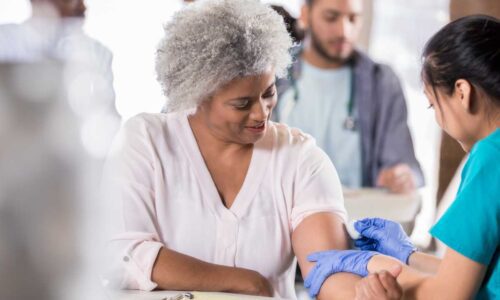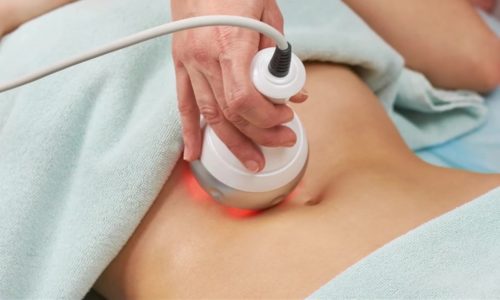How should I protect my skin as I age? |

We are now completing the third in a series about how to reduce the signs of aging in facial skin. As we have discovered, aging skin is thinner and the cells do not turn over as quickly. Dark spots may emerge in response to a lifetime of sun exposure, and wrinkles form as laugh lines and frowns deepen in the setting of collagen loss. While avoiding sun and cigarette smoke are the two most important preventive measures for younger-looking skin, genetics do play a role in how our skin ages. Since there’s nothing we can do about our genes, let’s take one last look at the treatments available for aging skin issues (see part II for more).
1. Stimulating collagen production
Retinol: Vitamin-A-derivative creams (such as retinol) have been clinically proven to increase the elastic collagen layer of the skin. Stronger concentrations of Vitamin A are more effective, but may have unwanted side effects of skin irritation and dryness.
Vitamin C: Vitamin C serums and vitamin supplements can be helpful in reducing the effects of photo-aging. Vitamin C is a powerful anti-oxidant that can reduce sun damage, as well as assist in collagen production. Vitamin C is so important in skin health that a disease state, known as “scurvy” can result from lack of Vitamin C in the diet.
Lasers: dermatologists recommend different kinds of laser treatments to rejuvenate aging skin. Various wavelengths of light perform different functions. Types of lasers include (from American Board of Cosmetic Surgery):
- CO2 Lasers are generally ablative lasers used to treat scars, warts, wrinkles and other deeper skin flaws.
- Erbium Lasers can be ablative or non-ablative. They promote collagen remodeling, making them popular options for treating fine lines, wrinkles, skin laxity, and age spots.
- Pulsed-Dye Lasers are typically non-ablative lasers that heat the skin and absorb pigments to reduce redness, hyperpigmentation, broken capillaries, and rosacea.
- Fractional Lasers break up the laser energy into thousands of tiny beams to treat only a fraction of the skin in the area, which reduces downtime. Fractional lasers can be ablative or non-ablative, and are used to treat a number of age-related blemishes.
- IPL (intense pulsed light) treatments technically are not lasers, but are often used to treat similar concerns as lasers, such as sun damage, acne, rosacea, and hyperpigmentation.
2. Reducing redness
In addition to laser treatments to reduce redness, there are some medications that are effective – especially in the treatment of rosacea or adult acne:
Brimonidine gel and oxymetazoline hydrochloride cream: These prescription medications can reduce the redness caused by rosacea. They work for up to 12 hours. Once the effects wear off, the redness returns. With daily use, you can have reduced facial redness for up to 12 hours a day.
Both medications have been approved by the U.S. Food and Drug Administration (FDA) to treat the facial redness of rosacea. In clinical trials, these medications safely and effectively treated the facial redness of rosacea when used daily.
Green-tinted makeup: This cannot reduce the redness, but it can hide it. Some companies make green-tinted makeup specifically for people with rosacea.
3. Reducing dark spots
Sometimes known as “bleaching cream,” hydroquinone is a prescription topical cream that slows down the pigment-making processes in the skin. Doctors usually prescribe a 4% hydroquinone cream, and a 2% version is available over the counter.
Retin-A (tretinoin) and steroids may be prescribed in addition to or in place of hydroquinone, but they might not work as well.
4. Reducing wrinkles
Botox: botulinum toxin injections temporarily paralyze facial muscles so that they no longer gather upper layers of skin into wrinkles when they contract.
Exfoliation: chemical peels and dermabrasion procedures aim to “sand off” or peel away wrinkles.
Soft Tissue Fillers (such as fat, collagen, and hyaluronic acid) can be injected into deep wrinkles in the face to fill them in.
Face lifts: involve removing excess skin and fat in the lower face and neck and tightening the underlying muscle and connective tissue. The results typically last five to 10 years.
The bottom line is that aging is inevitable, but reducing the obvious wear-and-tear on facial skin is possible with the treatments I described in the past 2 health tips. Cosmetic dermatologists specializing in anti-aging products and procedures can be helpful in rejuvenating facial skin. Unfortunately insurance companies don’t pay for cosmetic treatments, and so looking your youngest may cost a pretty penny. Only you can decide if it’s worth it!
References
https://www.ncbi.nlm.nih.gov/pmc/articles/PMC3673383/
https://www.aad.org/public/diseases/acne-and-rosacea/rosacea/how-to-treat-the-redness
https://www.webmd.com/beauty/features/dark-spots-skin-hyperpigmentation#1
http://www.mayoclinic.org/diseases-conditions/wrinkles/diagnosis-treatment/drc-20354931
If you have any more questions just Ask Hanna, our health advisors are here to help.
Image: ©Shutterstock / Poznyakov








